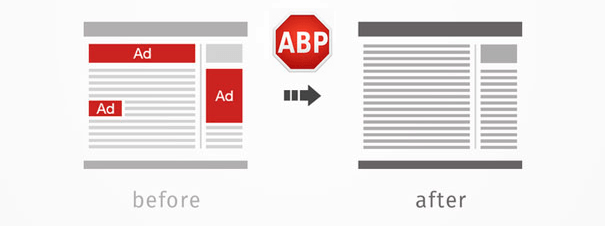 It’s not new technology, but 2015 was the year ad blocking became front page news. Here’s what we learned this year about it.
It’s not new technology, but 2015 was the year ad blocking became front page news. Here’s what we learned this year about it.
If you’re young, male, tech-literate and an online gamer, odds are you’ve been using ad blocking technology for years. But for mainstream U.S. Internet users, 2015 is the year ad blocking was front page news.
“Ad blocking existed on desktop browsers for years,” writes Ricardo Bilton in Digiday. “But it was only in 2015 that mainstream tech companies embraced it as a feature in their browsers. The big one, of course, was Apple, whose move to introduce content blocking into iOS spawned a host of lucrative ad blocking apps — and no shortage of chicken little paranoia from observers.”
As Bilton notes, 2015 was the year ad blocking went mobile, and it went mainstream.
“The real litmus test for a tech’s mainstream appeal? When your parents start asking about it,” he writes. “Ad blocking, formerly squarely in the purview of tech-adept young men, has trickled into the mainstream. Howard Stern introduced the tech to millions of people when he complained about Web ads on his show in October, and plugged AdBlock Plus. NBC’s Today Show also ran a segment on the tech, which was also the subject of an episode of South Park. Likewise, the overall ad blocking userbase, which ballooned to 198 million globally this year, shows that the tech is on the mind of the average Joe.”
For the industry, there’s no real consensus on how to fight this and prevent or diminish the financial wreckage this is causing.
“Some publishers say that the most effective way to fight ad blocking is to block users until they turn their ad blockers off (though some say fighting users is a mistake),” Bilton explains. “Other publishers have tried to appeal to readers’ decency with messages asking them to white list their ads (though that doesn’t seem to work either). And then there are the advertisers who love the people running ad blockers, whose aversion to advertising has paradoxically made them an attractive ad segment.”
And while many are blaming ad technology for the mess, the real culprit is much more complex.
“The easy culprit is ad tech, which has taken the bulk of the blame, thanks to its facilitation of intrusive auto-play video ads, behavior tracking and slow load times,” says Bilton. “Agencies have pointed the finger at publishers, which may have brought the ad blocking menace on themselves. And then there’s the likes of the IAB, which say the brands and agencies are as much to blame as any other group.”
Wherever the blame falls, it’s serving as a huge wake up call for publishers and brands. Consumers have had it, and they now don’t have to take it.
The good news out of all this? “That’s started plenty of conversations not just about ads, but about the overall Web experience, which everyone has a renewed interest in improving overall,” Bilton notes.
If 2015 was the year we blocked everything, maybe the industry can figure out how to make 2016 the year we all got back in our customers’ good graces.

October 25, 2016, 7:44 pm